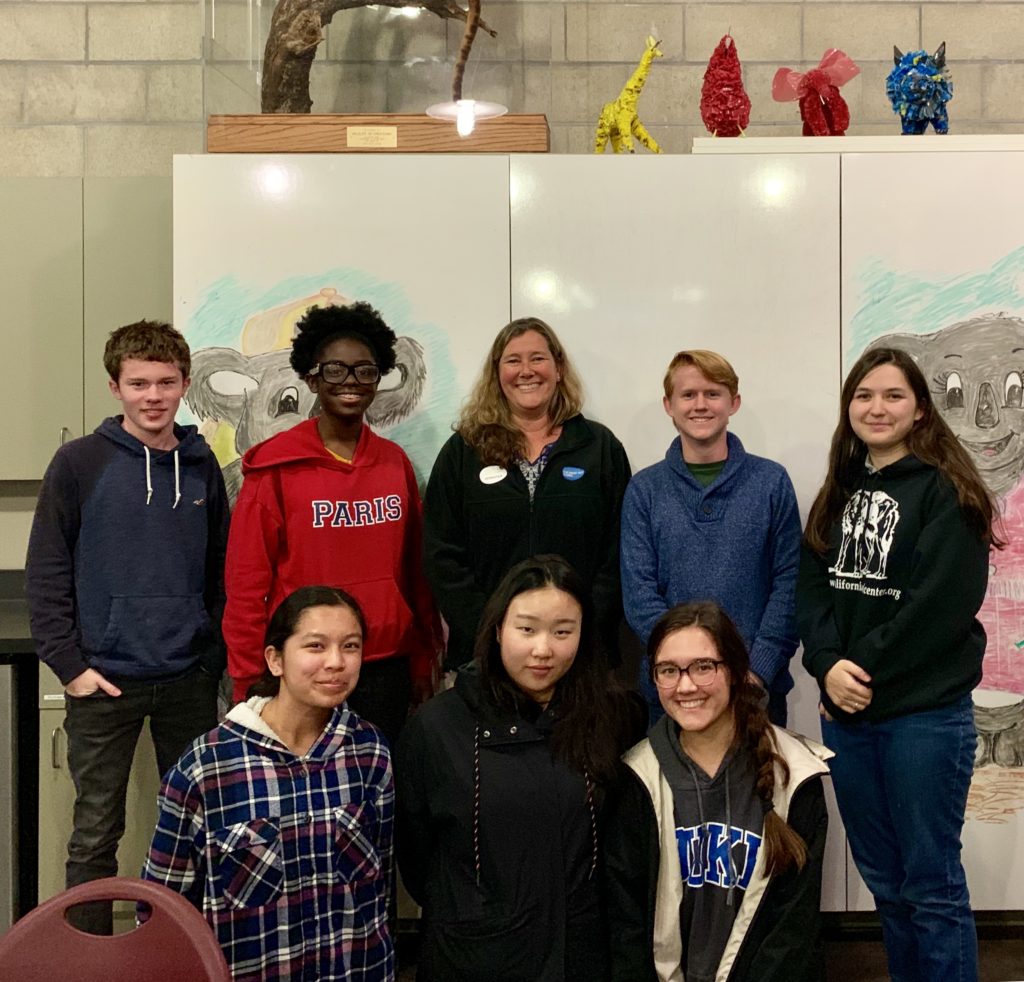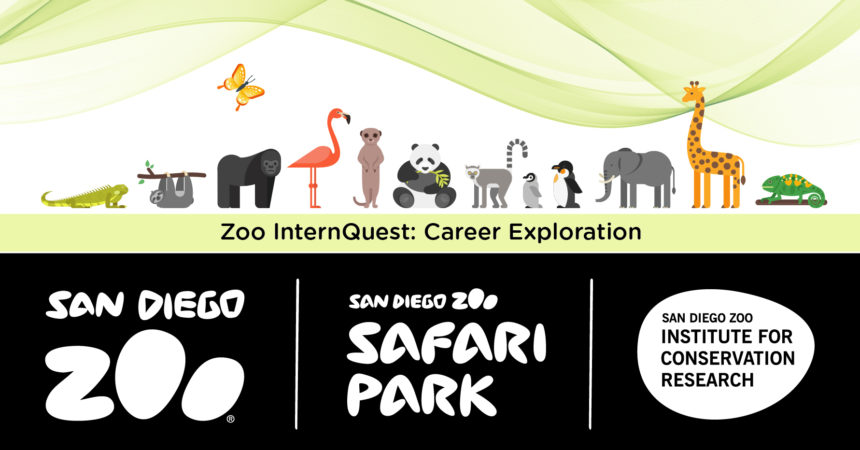Zoo Internquest is a seven-week career exploration program for San Diego County high school juniors and seniors. Students have the unique opportunity to meet professionals working for the San Diego Zoo, Safari Park, and Institute for Conservation Research, learn about their jobs, and then blog about their experience online. Follow their adventures here on the Zoo’s website!

Curious as to what koalas do during the two to six hours a day that they are not sleeping? Well, after collecting eighteen years worth of data on koalas, Researcher Jennifer Tobey may have the answer.
Ms. Tobey has worked at the San Diego Zoo for 21 years, beginning as a Keeper. Today, she works for the Zoo’s Institute for Conservation Research as a part of one of the research teams, each having different specialties. Ms. Tobey’s team is focused on population sustainability, and while her official title is Researcher, she is an Animal Behaviorist by trade. Ms. Tobey obtained her undergraduate degree in Biology and Psychology, with a minor in Anthropology in hopes to become a veterinarian. Little did she know that there was a way to tie her two passions, anthropology and biology, together. That is, until one day when one of Ms. Tobey’s professors told her that she would begin a behavior study on primates, much to her dismay. However, this study ended up leading to her career in animal behavior, and she went on to get her Master’s degree in Psychology with animal behavior at California State University, San Marcos.
Ms. Tobey would liken animal behavior to that of the behavior of babies, since both are nonverbal. Furthering this analogy, introducing a new animal into a zoo’s collection, is similar to when a new kid enters a daycare center. For the first two weeks, everything is great and everyone gets along fine, but after that is when the trouble usually begins. This is why animal behaviorists play such a crucial role in zoos across the world. Animals are usually exchanged between zoos for breeding purposes, especially when their species are endangered. The behavior of the animals determines which ones are exchanged so as to ensure that they mesh well together, and even, closely replicate what would happen in the wild. For example, bonobos, a species of great ape, operate under a female hierarchy where the mother protects the son. This means that male bonobos travel with their mothers in tow to new facilities, so as to mimic nature and ensure their protection at the new managed care facility.
After her work with primates, Ms. Tobey began to study koalas. More specifically, the way that koalas reproduce in the wild and in managed care. Luckily, the Zoo has had their colony since the 1980s and has kept detailed records since then. Ms. Tobey mentioned that they have a studbook, which records which koala has bred with whom as to avoid breeding amongst relatives. Koala females have a choice of two to four male koalas and are able to pick whichever one they deem the most “koala-fied.” Ms. Tobey said that their choices have something to do with the scent glands on males’ chests, which release scents that change during the breeding season. Also, the male’s vocalization can attract the female, surprisingly enough since the loud belching sound they make does not seem like it would come from the cute and fluffy creatures. The koalas’ breeding season in Australia is springtime and Ms. Tobey has observed that this doesn’t change for those at the San Diego Zoo, even though they are located in opposite hemispheres. Koala breeding is successful one out of three times on average at the Zoo, which is not bad, but part of Ms. Tobey’s job is to figure out what is happening those other two times. Studying koalas’ behavior is the key to finding that out, which is where Ms. Tobey comes into the picture.
Observing koalas at the Zoo aids greatly in helping the animals in the wild. Ms. Tobey worked in the Blue Mountains in Australia, west of Sydney, researching the koala and the eucalyptus tree populations there. Ms. Tobey’s and her team’s job is to keep track of both of the populations and make sure that they are sustainable. People living in Australia can even help, using the app “Koala Count” to state the location of a sighting they had and aid the researchers in their area.
An issue that Ms. Tobey faces with her job is knowing when to interfere since the majority of problems that animals face are human based. To overcome this issue, Ms. Tobey asks herself “What are we doing with conservation?” and how her job contributes to efforts to help wildlife. By studying animal behavior, Ms. Tobey is able to sustain populations in the wild. Thus, she has a lot to do with conservation, and is able to better know when to interfere.
Emma, Real World Team
Week Three, Winter Session 2019


